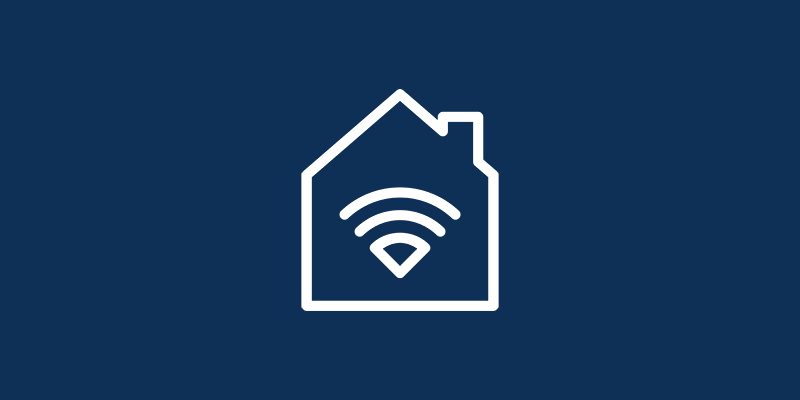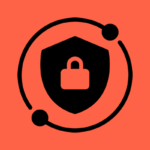Day 7: Creating an AI-Powered Home Automation System
Welcome back to our AI-powered home automation series! In the previous posts, we’ve explored various aspects of creating a smart home, from hardware setup to AI-driven schedules, motion detection, voice control, and energy management. Today, we’ll shift our focus to an equally crucial aspect: security and privacy.
The Importance of Security in Smart Homes
As your home becomes more connected and intelligent, ensuring the security of your automation system becomes paramount. Smart homes can be vulnerable to cyber threats, and safeguarding your devices and personal data should be a top priority.
Key Security Concerns:
- Unauthorized Access: Protecting against unauthorized access to your smart devices and home automation system.
- Data Privacy: Safeguarding sensitive data, including voice recordings, usage patterns, and personal information collected by your devices.
- Device Tampering: Preventing physical and remote tampering with your devices that could compromise their functionality and security.
Security Measures for AI-Powered Homes
Let’s explore essential security measures to fortify your smart home against potential threats:
1. Strong Authentication and Access Control
- Implement strong, unique passwords for all your smart devices and the central hub.
- Enable two-factor authentication (2FA) wherever possible to add an extra layer of security.
- Regularly review and update access permissions for users within your home automation system.
2. Regular Software Updates
- Keep all devices and software up to date with the latest security patches and firmware updates.
- Configure devices to automatically install updates to address vulnerabilities promptly.
3. Network Security
- Secure your home Wi-Fi network with a strong password and encryption.
- Use a separate network for your smart devices to isolate them from other connected devices.
4. Privacy Controls
- Review and configure privacy settings on your devices, limiting the collection and sharing of personal information.
- Be cautious about enabling features that involve continuous monitoring or recording.
5. Device Tampering Protection
- Physically secure devices and hubs in tamper-resistant enclosures.
- Monitor for any unusual activity or attempts to tamper with your smart home devices.
Example Code for Access Control
Implementing access control is a critical aspect of securing your smart home. Let’s consider a simplified example using Python and the access_control library:
# Sample Python code for access control
import access_control
# Initialize access control module
access_controller = access_control.AccessController()
# Check user authentication before executing commands
def execute_command(user, command):
if access_controller.authenticate_user(user):
homeassistant.execute_command(command)
else:
print("Unauthorized access attempt. Action denied.")This example assumes the existence of an access control library compatible with your devices. Refer to the documentation of your specific devices for accurate coding instructions.
Prioritizing Security for a Safer Smart Home
By implementing robust security measures, you can enjoy the benefits of a smart home while minimizing potential risks. In the next post, we’ll explore creating a DIY AI dashboard for monitoring and controlling your home automation system.
Stay tuned for more insights and hands-on guidance on your journey to creating a secure and intelligent home of the future!





